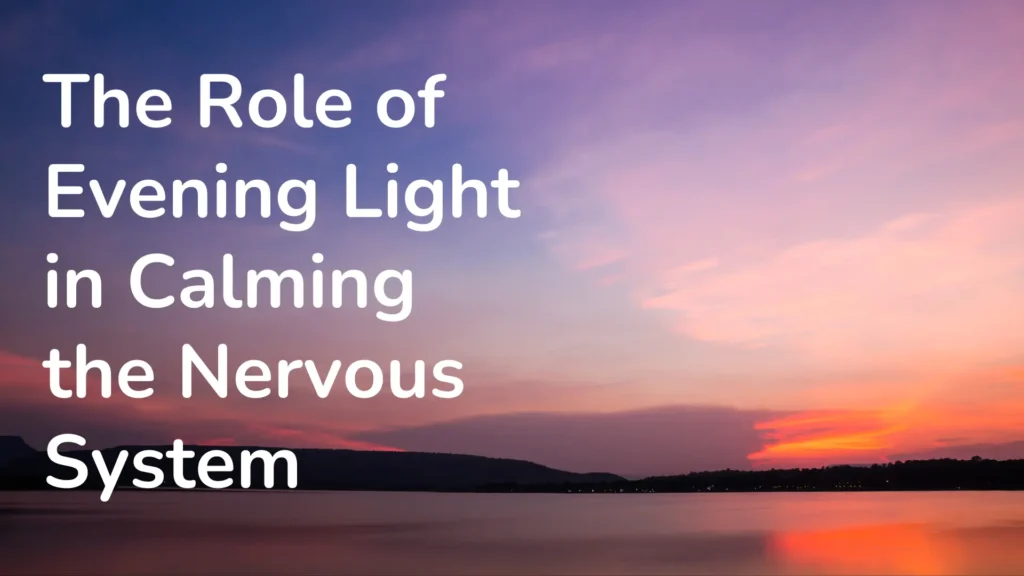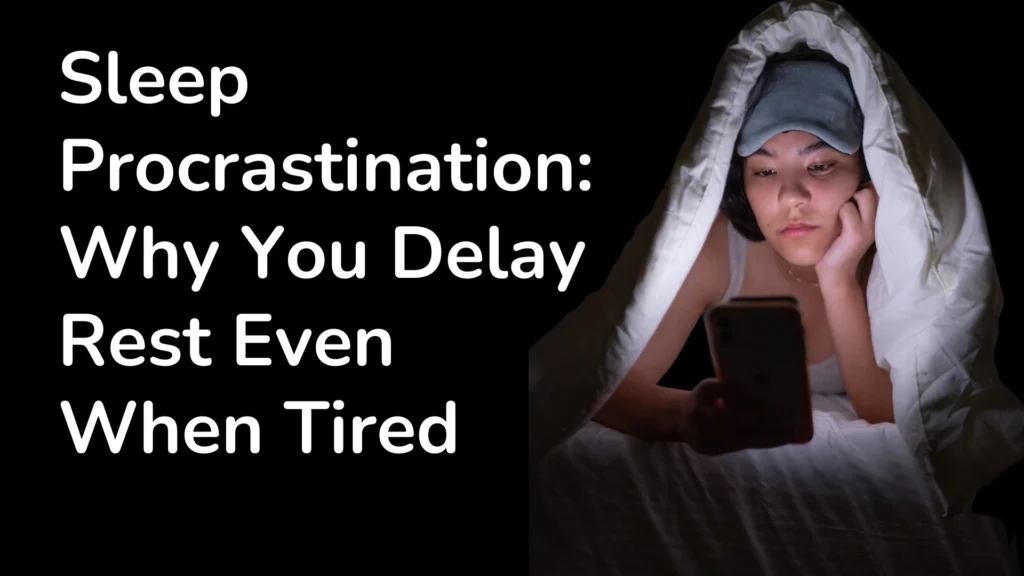Have you noticed how the soft glow of evening light feels different from the harsh brightness of day? That shift isn’t just beautiful — it’s deeply connected to how your body and mind prepare for rest.
Our nervous system is guided by natural rhythms, and light plays a powerful role in signaling when to stay alert and when to slow down.
How Evening Light Affects the Brain
- The circadian rhythm. Your body follows a natural 24-hour clock. As daylight fades, the brain releases melatonin — the hormone that prepares you for sleep.
- Soft, dim light = safety. Warm evening light tells your nervous system it’s safe to relax, lowering cortisol (the stress hormone).
- Screens disrupt the cycle. Bright blue light from phones or TVs confuses the brain, tricking it into thinking it’s still daytime. This delays rest and keeps your system on alert.
Why Evening Calm Matters
When your nervous system receives the right signals, your body shifts into rest-and-digest mode — muscles loosen, breathing slows, and thoughts soften. Without this transition, you may feel restless, anxious, or struggle to fall asleep.
How to Use Evening Light for Calm
- Dim the lights after sunset. Use softer lamps, candles, or warm-toned bulbs.
- Step outside. Even 10 minutes under the evening sky helps your body register the transition from day to night.
- Create screen boundaries. Avoid bright screens at least an hour before bed, or use night mode if needed.
- Try a light ritual. Reading under a soft lamp, sipping tea by candlelight, or simply gazing at the twilight sky can train your nervous system to unwind.
Final Reflection
Evening light is nature’s way of whispering, “Slow down, you are safe.” By aligning with this rhythm, you allow your nervous system to release the day’s tension and guide you gently toward rest.
So tonight, instead of filling the room with harsh brightness, let the evening light lead you back into calm.






